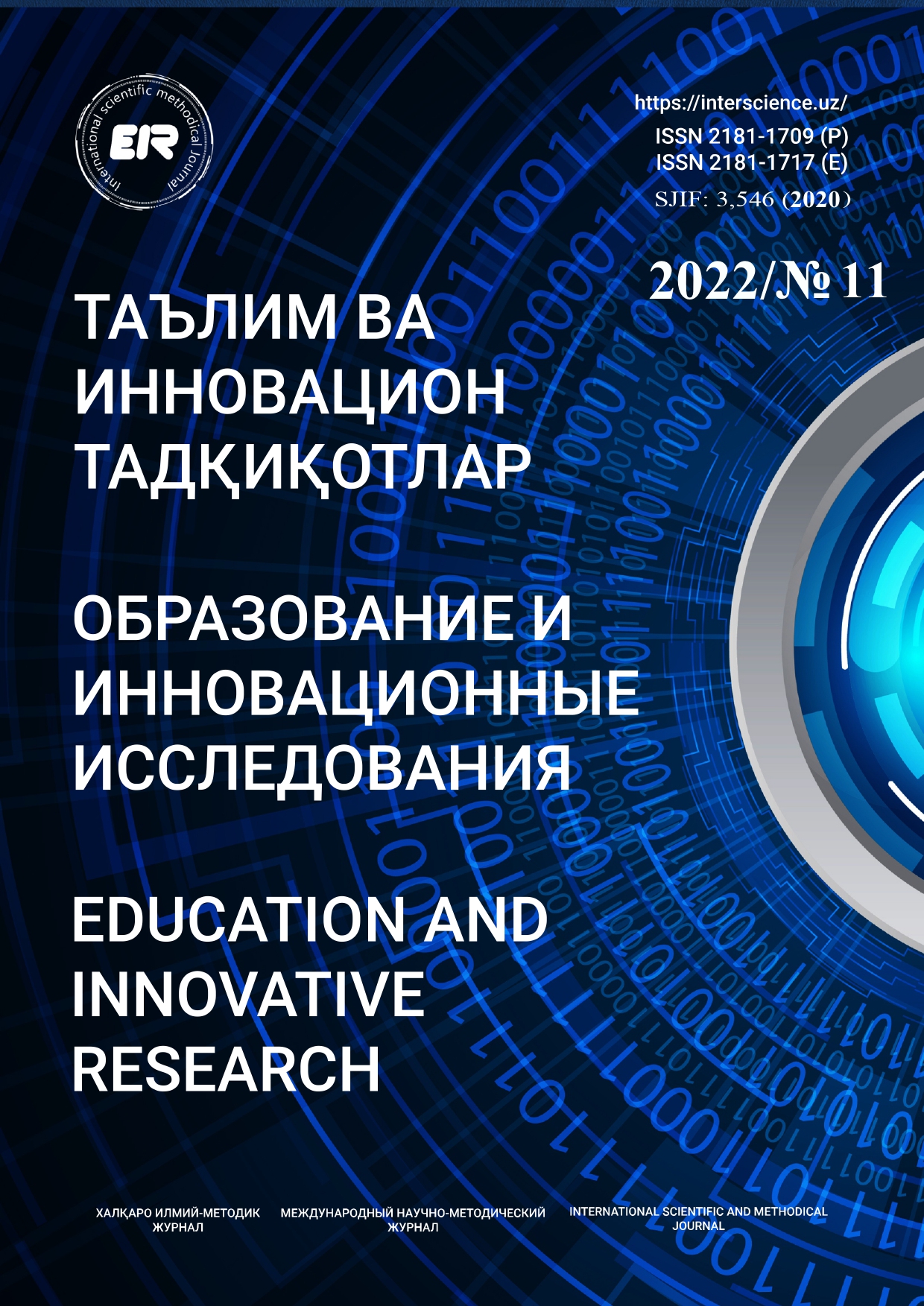USING THE RULE OF INTEGRATION IN SOLVING PROBLEMS IN PHYSICAL SCIENCE
Khusanov Zafar Jurakulovich. doctor of philosophy in Pedagogical Sciences (Phd) Navoi State University of mining and Technology associate professor of the Department of General Physics
Keywords:
physics, science teaching, problem solving, mechanics, laboratory training, frontal laboratory work, educational efficiency.Abstract
the article discusses issues related to the method of solving problems in physics. Although the essence of physical phenomena is explained to students by various methods or methodologies, there is a specific methodology for solving issues. If in the process of the given phenomenon some magnitude changes over time, then the method of integration is used in solving the issue. Also, the importance of performing practical classes in Physics in increasing the effectiveness of teaching science. In most cases, the sizes change not only over time, but also depending on other parameters. In general, whichever magnitude changes in the process of the phenomenon under consideration, the minimum and maximum intervals of the phenomenon are determined and the integration is required in order to be differentiated according to this parameter and find the final result. In matters solved by the Integral method, physical processes of phenomena in the real state are studied. This allows students and students to fully understand and reconcile the physical phenomenon that has been namayonized in the matter.
References
Jalolov J. Chet tili o‘qitish metodikasi. – T.: 2012. – 427 b. 2. Зимняя И.А. Педагогическая психология: учебник для вузов. 3-е издание, присмотренное. – Москва: 2010. – 448 с. – С. 410-413. 3. Karimova V.M. Psixologiya. O‘quv qo‘llanma. – Toshkent: T.A.Qodiriy nomidagi xalq merosi nashriyoti, “O‘AJBNT” markazi, 2002. – 205 b. 4. Леонтев А.Н. Деятельност. Сознание. Личность: Учебное пособие. 2-е изд., стереотипное. – М.: Смысл: Академия, 2005. – 352 с.
Маклаков А.Г. Общая психология: Учебник для вузов / – Санкт-Петербург: Питер, 2010. – 583 с. – С.512.
Маслоу А. Мотивация и личность. Электрон ресурс: http://psylib.org.ua/ books/masla01/index.htm
Немов Р.С. Психология в 3 книгах. Книга 1. Общие основы психолгии. Учебник. – М.: Владос, 2010. – 687 с.
Ньюстром, Дж.В., Дэвис, К. Организационное поведение / Дж.В.Ньюстром. К.Дэвис. – перевод с англ, под ред. Ю.Н. Каптуревского. – СПб.: Питер, 2000. - 448 с. 9. Pedagogika: ensiklopediya. II jild / tuzuvchilar: jamoa. – Toshkent: “O‘zbekiston milliy ensiklopediyasi” Davlat ilmiy nashriyoti, 2015. – 376 b. 10. Pedagogue. Merriam-Webster.com. Dictionary, 2018. Elektron resurs: https:// www.merriam-webster.com/dictionary/pedagogue. 11. Рогова Г.В. Методика обучения иностранным языкам в средней школе. – М.: Просвещение, 1991. – 287 с. – С. 5. 12. Рубинштейн С.Л. Основы общей психологии. – СПб.: Питер, 2002. – 720 с. 13. Ryan, R., & Deci, E. (2000). Intrinsic and extrinsic motivations: Classic definitions and New directions. Contemporary Educational Psychology, 25, 54-67.
doi:10.1006/ceps.1999. 1020. 14. Samatova B.R. Ingliz tilini o‘qitishda nofilologik yo‘nalish talabalarining
motivatsiyasi (yurisprudensiya yo‘nalishi misolida). P.f.f.d.dis. – Toshkent, 2020. – B. 15. – 172 b.
Slavin, R, E. (2012). Educational psychology. New York: Pearson. 16. Wigfield, A., Eccles, J. S., & Rodriguez, D. (1998). The development of children’s motivation in school contexts. Review of Research in Education, 23, 73- 118.





